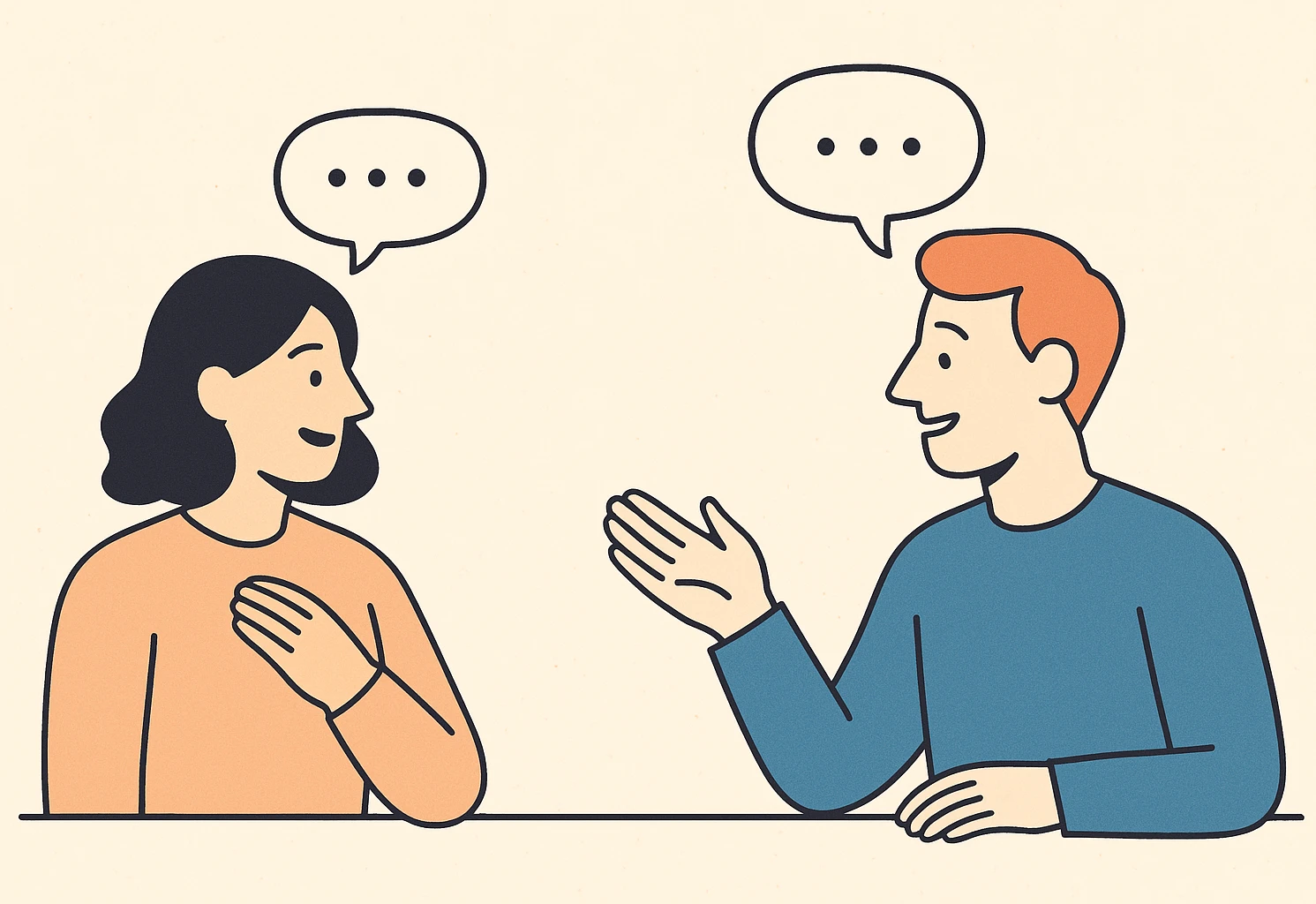Do trees calm everyone? Not quite. A 2023 synthesis by Swedish researchers says our reactions to nature arise from both heredity and life experience. Not either/or. Both! That means two neighbors can walk the same leafy path and feel very different—because their genes, childhoods, and cultures prime them differently.
What the 2023 Update Actually Says
Nature vs. nurture… settled? Not really—entangled
The review in Trends in Ecology & Evolution reframes classic “biophilia.” Instead of a universal, always-positive instinct, it’s a spectrum shaped by inheritance plus context (from family routines to local norms). The policy punchline: plan green spaces for diversity of preferences, not one tidy template.
One person’s “nature” is a lawn; another’s is a thicket
Urban lawns, tree-lined boulevards, pocket gardens. Or—wild edges, riparian shade, messy meadows. Tastes shift with age, access, and culture; assuming a single “green cure” risks missing whole groups. Hence the authors’ call: mix textures and intensities so more residents find a fit.
The forest-vs-city walk you’ve heard about
In a Japanese field experiment, participants walked both a forest route and a city route while their heart activity was tracked. Result? 65% reported more positive feelings in the forest—not 100%. Common benefit, yes; universal? No. Nuance matters for design and health messaging.
What Genetics Adds (with Real Numbers)
Twin data: measurable heritability, not destiny
A large twin study (TwinsUK; 2,306 people, incl. 1,153 pairs) published in Feb 2022 found moderate heritability for:
- Nature orientation (~46%)
- How often people visit public nature spaces (~48%)
- How often they visit gardens (~34%)
Genes tilt the scales; everyday environment (childhood access, current neighborhood, time pressure) writes much of the story. Think probabilities—not prescriptions.
Comparison you can picture
Identical twins tend to report more similar “pull to nature” than fraternal twins—yet moving from a park-poor district to a greener one often changes habits for both kinds of twins. In short: biology loads the dice; context rolls them.
Why City Makers Should Care (A Lot)
Design for choice, not uniformity
Offer multiple “flavors” in the same district: a small formal lawn, shaded seating along a busy street, a semi-wild corner, a community garden plot. Let residents self-select. Replace wild with manicured (or vice versa) and you’ll delight some—alienate others. Variety widens inclusion.
Beyond mood: tangible services
Green infrastructure cools streets, filters particulates, and invites light physical activity—benefits that spike in heat waves and along traffic corridors. Yet the social payoff maximizes only when spaces match user preferences (quiet vs. social, tidy vs. textured, short-stay vs. meander).
Dates, Sources, and a Bit of Backstory
Key timestamps (for your notes!)
- Feb 3–4, 2022 — Twin study quantifies heritability of nature orientation and visit frequency.
- Aug 17, 2023 — University of Gothenburg press release: “Heredity and environment account for people’s love of nature,” highlighting the 65% forest-walk result.
- Sept 2023 — Commentary published: “Biophilia revisited: nature versus nurture,” urging cities to plan for preference diversity.
Mini-glossary & lineage
“Biophilia” (popularized by E.O. Wilson) never meant a guaranteed forest-bliss button. In 2023 terms, it’s an interaction: inherited tendencies meeting lived experience—sometimes amplifying, sometimes muting—across cultures and lifetimes.
Practical Takeaways (Short, Sharp, Usable)
For planners and designers
- Mix formal and informal greens; provide shade + sun; quiet nooks + social nodes.
- Create choice architecture: short loops for quick breaks; longer paths for meanders; seating within 60–90 seconds of entry for low-mobility users.
- Track who uses what (by hour and season). Then—adjust. Don’t assume. Test. Iterate.
For health communicators
- Celebrate benefits—without over-promising. Say “often helps,” not “always cures.”
Offer menus (view from a window; 10-minute street-tree walk; weekend park visit), respecting that not everyone wants the same dose or setting.



